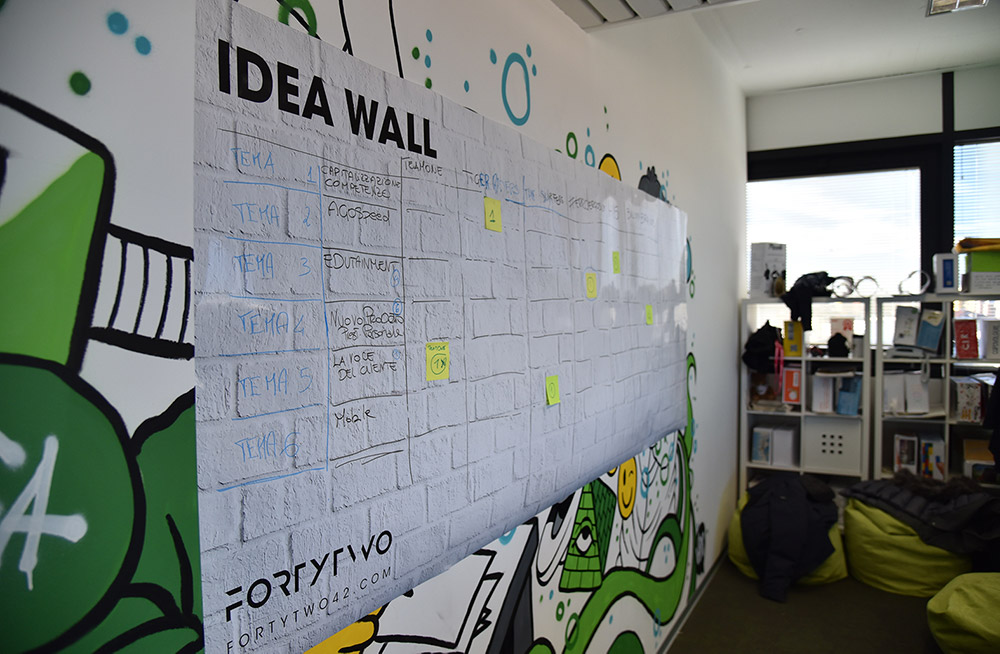Data Migration
Why Data Migration?
Data Migration projects within organisations are common and often the result of a need to:
- Replace inadequate legacy systems
- Transfer data to the cloud, eliminating on-premise IT infrastructure costs
- Reduce operational costs by moving to a system that demands less storage space
- Achieve a competitive advantage
- Adopt or refresh a Disaster Recovery/Business Continuity Plan
Database, Application, Storage and Cloud are all types of data migration. Extract, Load, Transform (ETL) is widely acknowledged as the preferred data migration technology as it can handle the complexity of big data sets and integration between multiple systems and platforms.









